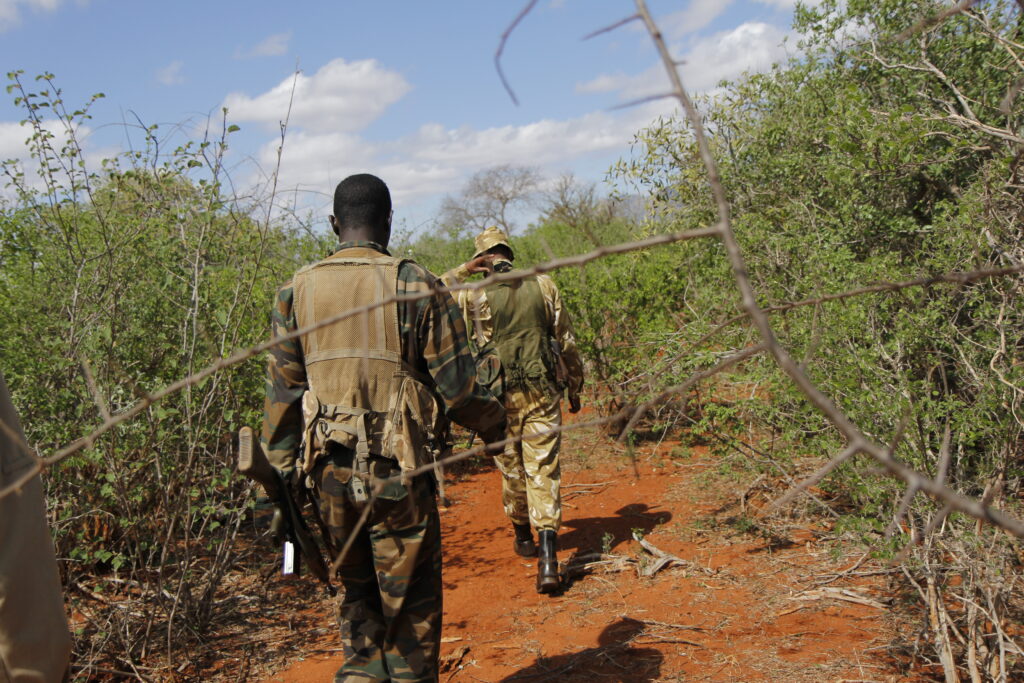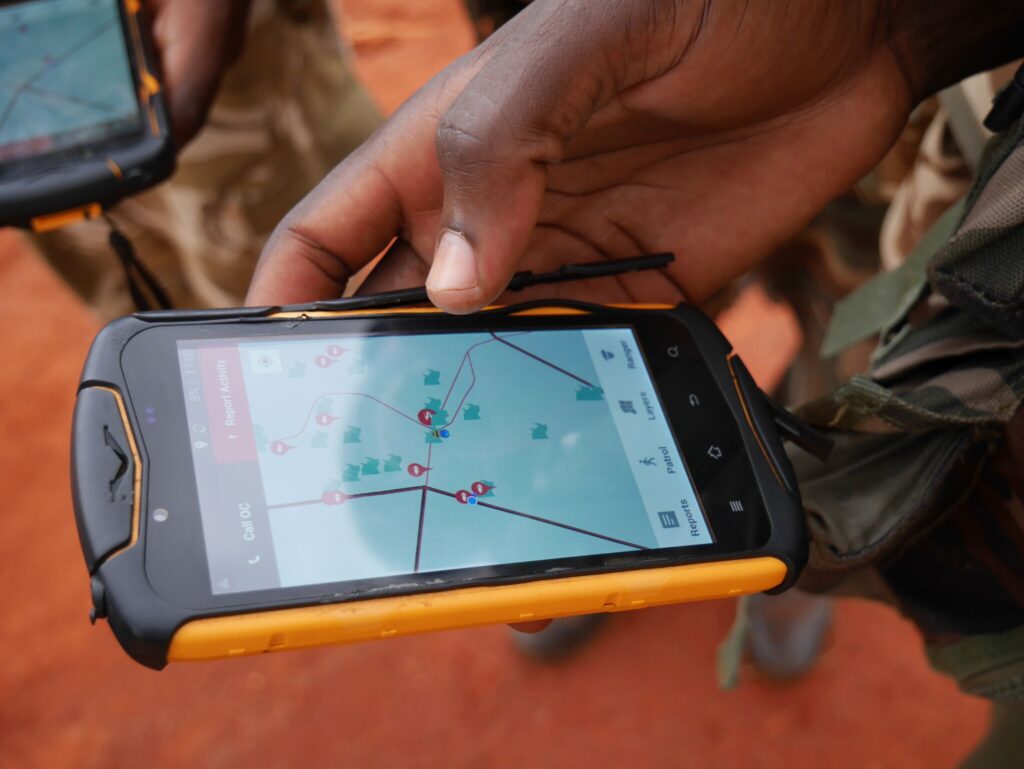
Project Ngulia was born in the breathtakingly beautiful Rhino Valley, located in the Tsavo West National Park in Kenya. In the 1970s, Rhino Valley, which is home to the Ngulia Rhino Sanctuary, used to be home to around 10,000 black rhinos, which then constituted half of Kenya’s rhino population. In 2019, there are just about 100 rhinos, representing about 13% of Kenya’s rhino population.
Tragically, rhinos are an endangered species in danger of extinction, globally. Today, black rhinos remain critically endangered because of rising demand for rhino horn, from some Asian consumers, particularly in Vietnam and China (the largest and second-largest black-market destinations respectively) who use them in folk remedies. However, rhino horn has no curative or restorative properties as it is mostly made of keratin – the same substance as human nails and hair.
Project Ngulia was conceived and initiated by the Stimson Center in 2013 to combat the rhino poaching menace. It was established as a Public-Private Partnership in conjunction with the Kenya Wildlife Service (KWS) and Linköping University (LiU).
A design thinking process was carried out to determine what the project should entail, as well as the best approach to deploy the technology. This process ended in late 2014 and established that before any high-end technology could be deployed in the sanctuary, it was necessary to digitise the workflow of the rangers via a mobile phone app. This would feed reports to an online dashboard for KWS Management. Subsequently, other technology such as sensors (intelligent cameras, long life Bluetooth rhino tags and mobile water quality testing kits) could then be added to create a comprehensive system that supplements the rangers’ work, making the “boots on the ground” even more effective.
